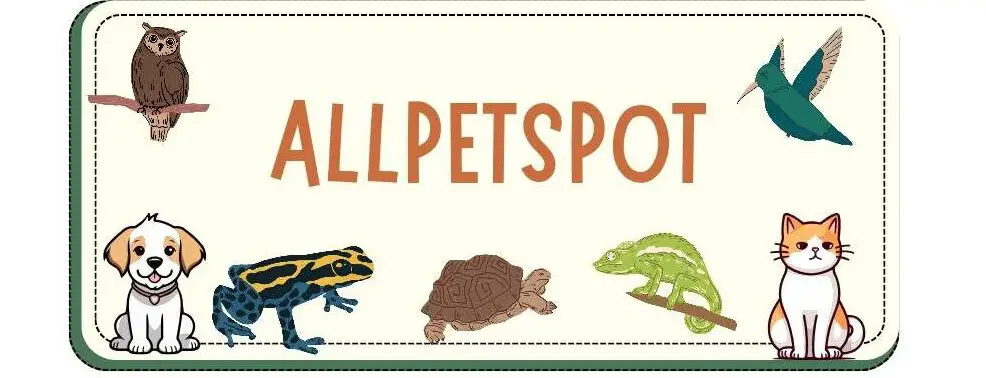Pugs are active small dogs but can still shake in certain cases, so why do pugs shake! Let’s find out together.
In this post, we will outline and discuss some of the most common reasons why Pugs shake.
Pugs are active small dogs that always love playing with their owners so when the shake or shiver something is definitely wrong.
Let me answer your question why do pugs shake before we get down to explaining the reasons.
Why Do Pugs Shake
Excitement, stress, cold weather, symptoms of seizures, generalized tremor syndrome, as a sign of old age, and medical difficulties can all cause pugs to shake.
Shaking is a common response to some behavioral and environmental settings, but it may also be a warning indication in others.
The following are some of the most common causes of Pug shaking:
1. A Blood Sugar Levels Drop
Hypoglycemia is defined as a sudden drop in blood sugar. When your Pug’s body is low on sugar, it starts shaking.
Hypoglycemia, a medical disease that causes trembling and shaking in pugs, is also a possibility.
This disease is more common in baby pugs because their capacity to handle sugar levels in their blood has not fully developed (up to 5 months).
Hypoglycemia can cause your Pug to lose consciousness or, in the worst-case situation, kill your Pug.
Hypoglycemia can be caused by a variety of factors, including stress, malnutrition, and even being the runt of the litter.
2. A sign of Nausea
Pugs quiver a lot when they are constipated or have diarrhea.
Furthermore, nausea can cause trembling during lengthy car rides or after eating unappealing foods.
Nausea is characterized by vomiting, drooling, and yawning.
Consider your daily routine and how it impacts your Pug if he shakes a lot.
For example, your Pug’s tremors might be caused by that wonderful car ride you take every day.
3. A Sign of Seizure
Seizures are a neurological disease that causes dogs to inadvertently tremble and pass out.
Dogs of all sizes and kinds, as well as other animals, are affected by seizures.
Seizures are unlikely to cause physical harm to the dog, although they can cause damage if the dog falls or knocks things over and into itself.
If your Pug begins to have seizures, contact your veterinarian immediately. Seizure control medications may be able to assist.
In a pug, seizures can take the following forms: jerking, tongue chewing, loss of consciousness, and collapsing.
4. A Sign Of Generalized Tremor Syndrome
Pugs, Yorkies, Boston terriers, Shih Tzus, and Chihuahuas are more likely than other small breeds to develop generalized tremor syndrome.
This sickness, sometimes known as shaker syndrome, is characterized by full-body tremors similar to those experienced by a dog when it is cold.
Generalized tremor syndrome manifests differently in various dogs, although it most typically affects Pugs between the ages of three and five.
Despite the fact that no one understands what causes widespread tremor syndrome, it is usually regarded to be non-lethal.
Your veterinarian may prescribe corticosteroids, but shaking is an unavoidable part of life for some pets.
Always consult your veterinarian if your Pug continues to quiver for no apparent reason.
5. Excessive stress or anxiety
Pugs, for example, are prone to feeling unsettled and anxious when separated from their owners.
They may grow nervous and shiver if you have to leave them at home, or they may see other animals as a threat.
Fears are present in dogs, just as they are in humans. When they hear fireworks, thunder, or other loud noises, some of them quiver.
For these reasons, they flatten their ears and tuck their tails between their knees when they tremble.
Pugs shiver when they’re nervous, and almost half of all dogs hide or retreat when they’re worried.
Urinary incontinence, shedding, itching, licking, and drooling are all possibilities.
Read more: Pug Separation Anxiety (8 Signs & Solutions).
6. A sign of excitement
Because pugs were bred to thrive on human connection, they are happy when a family member returns home.
This excitement may be seen in the dog’s pores, which create trembling or shaking. This is not a sign of anxiety or disease.
As they prepare to eat their favorite food or play with their favorite toy, pugs may shiver and shudder.
Pug owners may tremble, yell, and even urinate with enthusiasm when they get home late at night; nevertheless, this is unrelated to disease.
While many of these behaviors are common in Pugs and other companion dogs, keeping your welcomes brief and frigid may help your Pug relax.
Read more: Do Pugs Bark A Lot (8 Bark Triggers & Tips)
7. A sign of cold
A Pug’s normal body temperature is 37 to 39 degrees Celsius, thus if the room or ambient temperature drops too low, your Pugs will get cold.
Pugs can be cold despite their short and compact hairs; however, this is totally dependant on where you reside.
Your Pug may begin to tremble if the temperature in the environment drops to a level that your Pug cannot handle.
Consider the temperature of the room if your Pug is trembling.
Some pugs, on the other hand, enjoy playing in the snow; it is your responsibility to know when to remove them.
8. A sign of old age
Pugs are one of the most long-lived little dog breeds, with some reaching the age of 14 years.
Because of their extended lifespan, they do face health issues as they grow older.
Without seeing your veterinarian, there’s not much you can do to help an old Pug that shakes or shivers.
As a result of several health difficulties associated with age, their joints are weak and ancient, and they can no longer effectively support their bodies’ weight.
Tremors in the rear and front legs are more prevalent in senior Pugs, making it harder for them to move normally and producing trembling or shivering.
Consult your veterinarian when your pug reaches the age of 10 to identify the best course of action for your senior Pug.
9. A sign of fear
One of the most common causes of your pug’s trembling is fear. It’s important to remember that each dog is different, and what causes fear in one dog may not cause fear in another.
Owners of pugs, for example, routinely lift and carry their pets.
Your Pug’s greatest fear is height, which you may not understand.
It’s crucial to pay attention to your Pug’s environmental cues and keep an eye out for symptoms of anxiety.
I hope your question of why do pugs shake was addressed!










